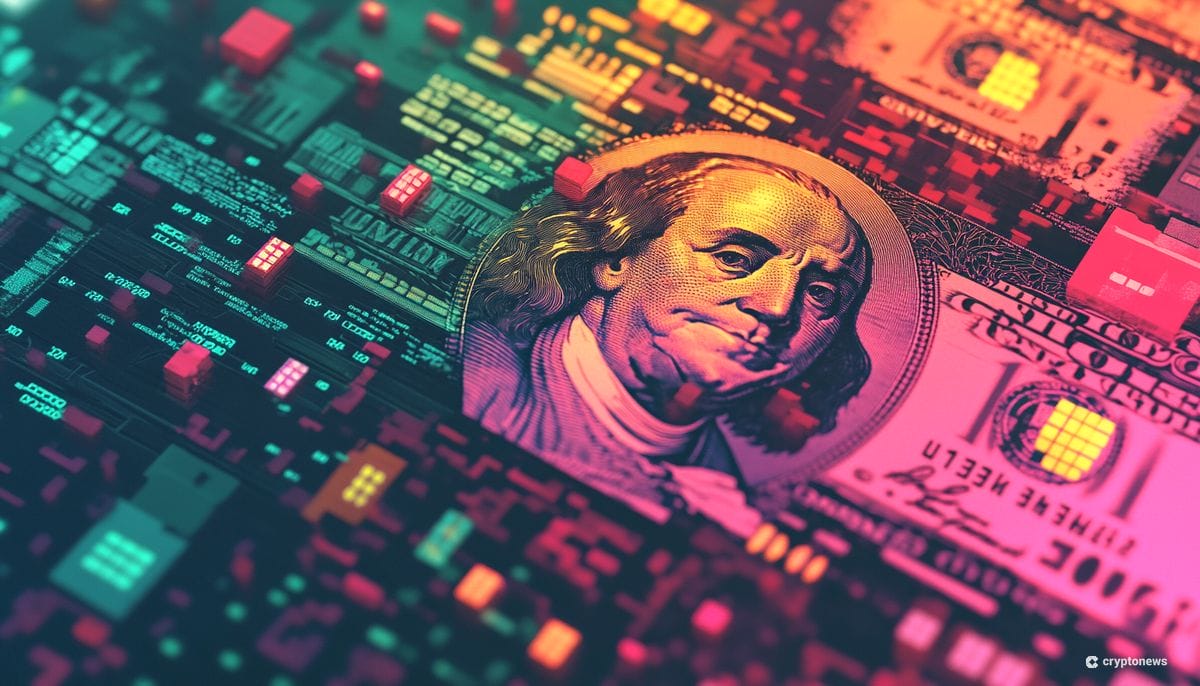Visa’s Upcoming Tokenized Asset Platform: A Revolution in Banking 🔍
This year, Visa is making significant strides towards the development of its global Visa Tokenized Asset Platform (VTAP), poised to launch in 2025. This innovative platform is designed to enable banks to issue fiat-backed tokens, which include stablecoins, and enhance the management of digital transactions.
How VTAP Will Transform Banking 🌐
The Visa Tokenized Asset Platform is set to allow financial institutions to mint, burn, and transfer stablecoins along with other fiat-backed tokens within their digital ecosystems. The introduction of VTAP promises to streamline various banking operations by introducing digital tokens.
Visa has confirmed that the platform is in the testing stage, with expectations for live operations to commence next year. The VTAP will enable banks to manage tokenized assets efficiently, integrating them into existing financial systems to provide faster and more seamless transactions.
Testing Phase for Visa’s Stablecoin on Ethereum 🧪
As preparations advance for VTAP, Visa is gearing up for its first live pilot project, which will take place on the Ethereum blockchain in 2025. This pilot program will involve a select group of financial institutions, focusing on the issuance and transfer of tokens on a practical scale.
Initially, the platform will cater to internal banking needs. However, Visa plans to enhance interoperability across various institutions utilizing the system in the future. By enabling banks to manage stablecoins and tokenized deposits, VTAP seeks to enhance operational efficiencies while integrating more deeply with traditional financial frameworks.
Collaboration with BBVA: A Step Towards Innovation 🏦
Among the first institutions to participate in testing Visa’s VTAP is BBVA, a prominent Spanish bank. Throughout this year, BBVA has collaborated closely with Visa to explore the practical applications of VTAP.
Reports indicate that BBVA is investigating how the platform can facilitate the issuance of stablecoins and other fiat-backed tokens. This strategic move aligns with BBVA’s ongoing efforts in the digital asset space, which it has actively pursued since 2014, including providing custody services for institutional clients.
BBVA’s forthcoming stablecoin is anticipated to be backed by either the euro or the U.S. dollar. Initially, it will be used for internal transactions but has the potential for broader use as the technology evolves. The bank is optimistic about the transformative effects of blockchain technology on digital transactions and the overall efficiency of financial operations.
Francisco Maroto, BBVA’s head of digital assets and blockchain, emphasized the significance of blockchain’s capacity to reshape the digital value exchange, which could lead to profound changes in financial systems. His insights indicate a forward-looking perspective on how banks can leverage emerging technologies for more effective operational models.
Understanding the Future of Digital Transactions 🚀
This year marks a pivotal moment as Visa moves forward with its development of VTAP, planning a launch for 2025. The integration of stablecoins and other tokenized assets represents a significant leap for banks, enabling them to provide better services and streamline transactions.
The collaboration with BBVA highlights the bank’s commitment to exploring innovative financial solutions. By being among the first adopters of Visa’s VTAP, BBVA is positioning itself at the forefront of the digital finance landscape.
As the pilot for VTAP unfolds, the banking sector will closely observe its implications for efficiency, security, and user experience. The full-scale implementation of VTAP could redefine how banks operate and interact with their customers, marking a notable evolution in modern finance.
Hot Take: The Impact of Visa’s VTAP on Banking 📊
As Visa prepares to introduce its Tokenized Asset Platform, the banking industry is on the brink of transformation. This development signals an important step towards integrating blockchain technology into everyday banking operations. If successful, VTAP could lead to widespread changes in how banks manage digital currencies and enhance transaction efficiency.
The collaboration with institutions like BBVA will provide invaluable insights that may serve as a blueprint for future innovations in the financial sector. Overall, the transition toward tokenized assets presents an opportunity for banks to modernize their services and improve customer engagement while fostering a new era of digital finance.






 By
By
 By
By
 By
By


 By
By